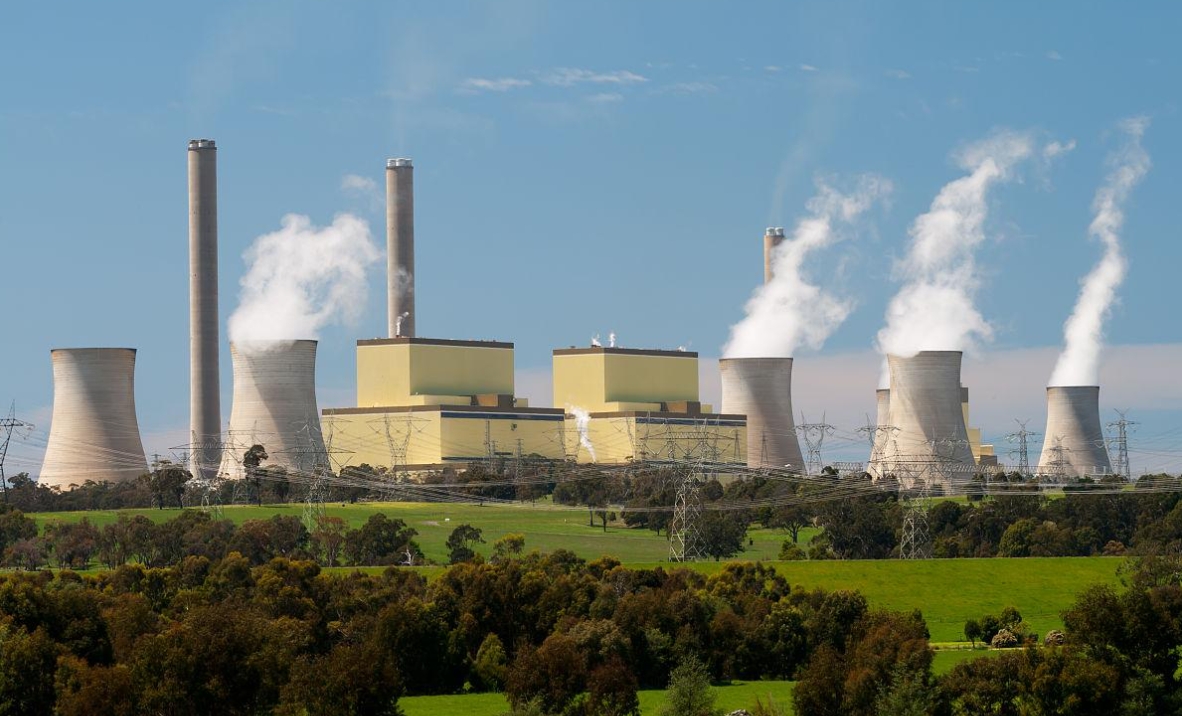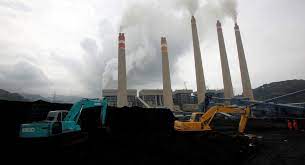As the global acceptance for hydrogen and hydrogen-based technologies continues to flourish, hydrogen projects, initiatives and consortiums are being developed all around the world to advance a clean energy future.

Taking these ambitions above and beyond, is a project announced this summer which showcased just how these hydrogen innovations could soon advance even further, to the Moon in fact, as part of an exciting world first.
Back in August, Connecticut-based clean energy products company Skyre and cryogenic technology specialist Eta Space confirmed their continued development on the Moon’s first hydrogen fuelling plant.
Already working together to recover and reliquefy liquid hydrogen boiloff, the two US companies took on the out-of-this-world refuelling challenge in response to NASA’s call for a new space technology.
With a long-standing relationship with the space agency, Skyre saw this new challenge as an exciting opportunity to both help develop hydrogen innovations in space and highlight the huge potential for the clean fuel.
To find out more about the ambitious mission, how the new plant will work, what the new innovation will refuel and when refuelling on the Moon will become a reality, H2 View sat down with Dr. Trent Molter, CEO and Founder of Skyre to find out more.
“Of course it’s a big deal to have the first hydrogen fuelling station the Moon but more importantly, its paving the way for the infrastructure needed here on Earth,” Molter said.
“After this hydrogen station is built and launched, we anticipate that there will be refuelling bases and other infrastructure provided to the Moon as we prepare ourselves for extended space missions.”
“The fact is, manned space travel has been using hydrogen for a very long time – since the Gemini era in the early 60’s. The lunar refuelling station is just a new advancement and application of one of the world’s most ubiquitous and useful elements.
Producing hydrogen on the Moon
So how does the lunar hydrogen refuelling station work? The idea is to mine ice from the poles of the Moon and electrolyse the water from the ice to generate both hydrogen and oxygen, which can be used as propellants for spacecraft that will take off from the Moon.
Skyre’s role in the partnership is to use its electrochemical technology to perform electrolysis of water and liquify the product gases using cryocoolers, so they can be stored efficiently within the spacecraft for use as propellants.
“Our solution has a number of advantages, and solves some difficult problems,” said Molter.
“Typically, it’s very hard to compress a small molecule like hydrogen, making traditional compressors very inefficient and unreliable for the task. Our system, the H2RENEW™ is a solid-state system that requires little or no dependency on logistics to operate, and with no moving parts, there is greater reliability and cost-efficiency. System reliability is one of the most important requirements in deploying space hardware. It’s also critically important here on Earth as it affects the all-in cost of hydrogen delivery.”
“Local resources are used as much as possible by using ice stored in the permanently shadowed craters of the Moon’s polar regions.”
“When you want to travel to outer space, it takes a lot of energy to lift off from Earth. Less mass will be required if the spacecraft can refuel somewhere, like the Moon, which has 16.6% the gravitational pull of planet Earth.”
“That means that a launch from the Moon to say Mars, requires significantly less propellant than launching from Earth. If you can go to the Moon and tank up from a Skyre fuelling station, you’ll be much better off.”
Decarbonising space missions
There already stands a long history of taking advanced space technology and applying it to the world’s problems and this ambitious step is no exception.
“We’re also able to use the developments in this program as a lever to solve some of the largest problems here on Earth,” Molter enthused.
With resurgence in plans for hydrogen-powered transportation for example, industrial gas companies have announced intentions to build new hydrogen liquefaction plants in the U.S. over the next two years.
However, with a current focus on the Moon, Molter explained how he thinks its latest project will take off, “Many of NASA’s plans already include hydrogen infrastructure to be developed on the Moon and on Mars,” he said.
“Our leading electrochemical technology was originally developed years ago for NASA as the critical, central element of advanced life support systems relied upon to keep people alive in space.”
“We will see a sharpening of NASA’s plans and further development over the next decade. The future will truly be exciting.”
This article is reproduced at www.h2-view.com







